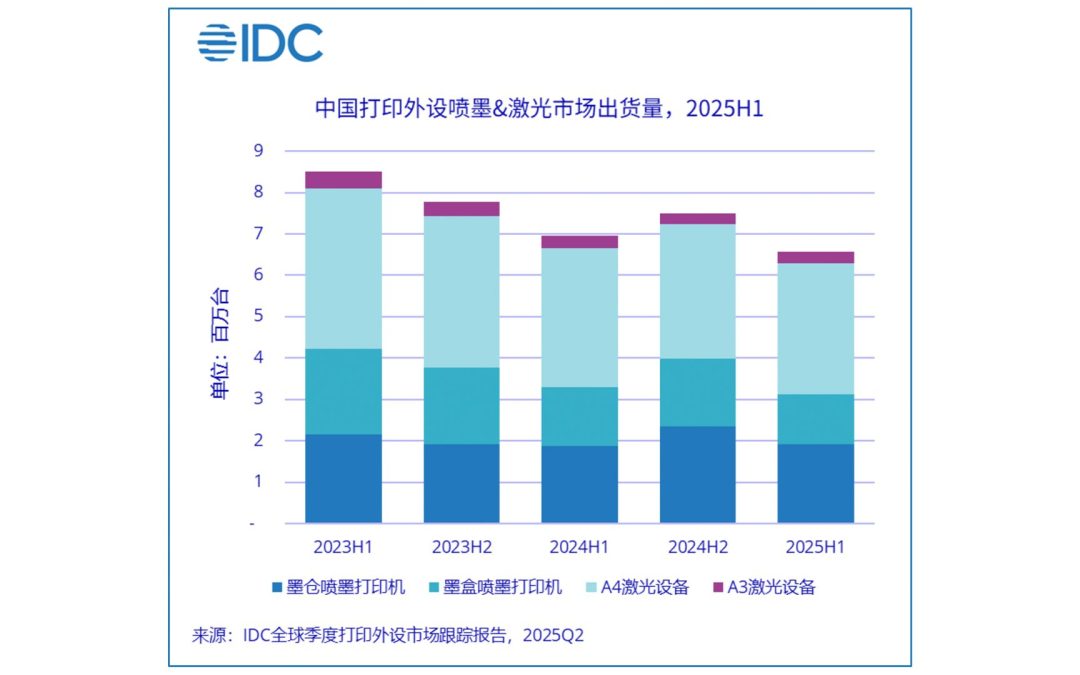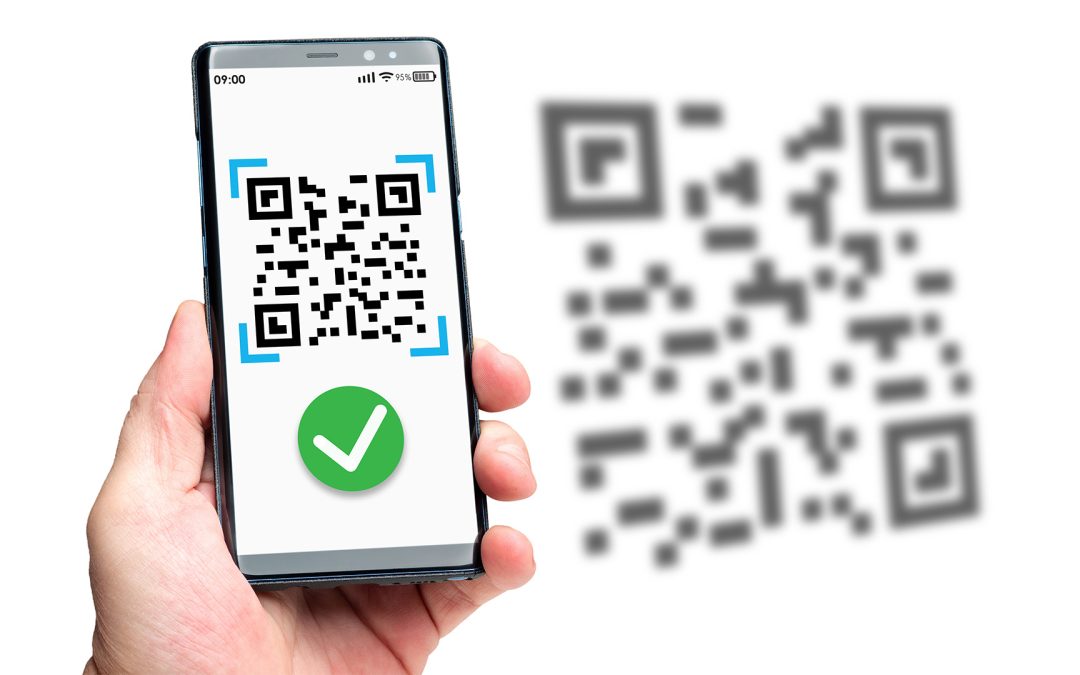
(Credit: N. Adley, TUM)
German scientists have succeeded in printing microelectrodes directly onto gummy bears using an inkjet printer.
As Lab Manager reveals, a research team from the Technical University of Munich has succeeded in printing microelectrodes “directly onto several soft substrates”, including gummy bears.
Microelectrodes can be used to directly measure electrical signals from the heart and brain, but require soft materials; currently, “attaching electrodes to such materials poses significant challenges.”
But now that researchers have successfully used inkjet printing to print electrodes onto gummy bears, this could “point the way forward to major changes in medical diagnostics.”
While it may seem a rather whimsical choice for scientists to use gummy bears, they have a valid reason; the softness of gummy bears can help avoid the problems which usually arise when hard microelectrode arrays “come into contact with living cells”.
These issues include affecting “the shape and organisation” of cells, which can then trigger inflammation and possibly “the loss of organ functionalities.”
“If you instead print the electrodes, you can produce a prototype relatively quickly and cheaply. The same applies if you need to rework it,” explained Bernhard Wolfrum, Professor of Neuroelectronics at TUM. “Rapid prototyping of this kind enables us to work in entirely new ways.”
Wolfrum’s team of researchers used a “high-tech version of an inkjet printer” while the electrodes were printed using carbon-based ink. A “neutral protective layer” was added to the carbon paths in order to prevent the sensors “picking up stray signals”.
Researchers tested the process on a variety of different soft substances, among them PDS and different forms of gelatin, before settling on a gummy bear that was first melted and then hardened again. These materials each possessed properties “suitable for certain applications.” Gelatin-coated implants “can reduce unwanted reactions in living tissue.”
By conducting these experiments, the researchers were able to confirm that the sensors “provide reliable measurements.”
“The difficulty is in fine-tuning all of the components—both the technical set-up of the printer and the composition of the ink,” commented Nouran Adly, initial author of the study. “In the case of PDMS, for example, we had to use a pre-treatment we developed just to get the ink to adhere to the surface.”
Printed microelectrode arrays have a range of possible applications, and could “change the way patients are treated.
“”In the future, similar soft structures could be used to monitor nerve or heart functions in the body, for example, or even serve as a pacemaker,” said Wolfrum, who is currently engaged in the printing of more complex arrays, as well as researching “printable sensors that react selectively to chemical substances”.




















